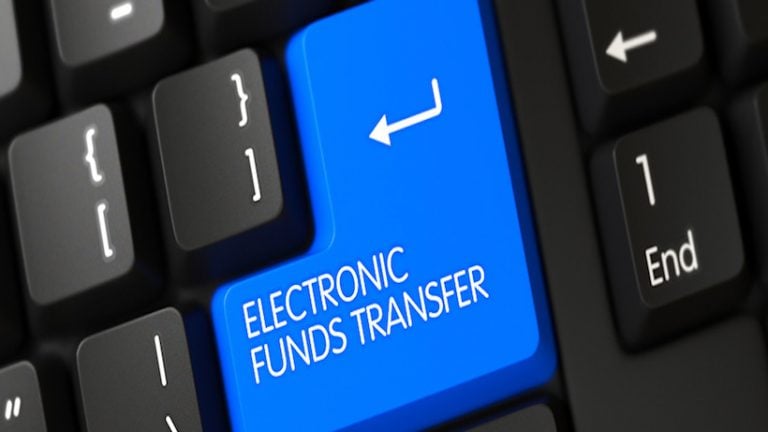Electronic funds transfer or EFT refers to the computer based systems used to perform financial transactions electronically. This term is used for a number of different concepts:
- Cardholder initiated transactions, where a cardholder makes use of a payment card.
- Electronic payments by business, including salary payments.
- Electronic check (for cheque) clearing. Electronic fund transfer provides for electronic payments and collections. EFT is safe, secure, efficient and less expensive than paper cheque payments and collection.
Transaction Types :
A number of transactions may be performed by EFT. It includes the following transactions :
- 1) Sale : Where the cardholder pays for goods or service.
- 2) Refund : Where a merchant refunds an earlier payment made by a cardholder.
- 3) Withdrawal : The cardholder withdraws funds from their account, e.g. from an ATM. The term Cash Advance may also be used, typically where the funds are advanced by a merchant rather than at an ATM.
- 4) Deposit : Where a cardholder deposits funds to their own account (typically at an ATM)
- 5) Cashback : Where a cardholder withdraws funds from their own account at the same time as making a purchase.
- 6) Inter-account Transfer: Transferring funds between linked accounts belonging to the same cardholder.
- 7) Payment : Transferring funds to a third party account.
- 8) Enquiry : A transaction without financial impact, for instance balance enquiry, available funds enquiry, linked accounts enquiry or request for a statement of recent transactions on the account
- 9) E top-up : Where a cardholder can use a device (typically POS or ATM) to add funds (top-up) their pre-pay mobile phone.
- 10) Administrative : This covers a variety of non-financial transactions including PIN change.
Procedures for EFT
1) Debit from Remitting Branch: The remitting branch will debit the customer’s account and prepare the necessary information in the software supplied by RBI. Each message contains a unique. “Message Id. No.” with suitable encryption. This message is sent through computer / or by hand delivery through floppies to the service branch of the bank
2) Process at Service Branch: The service branch will process the messages, give another code and send the message in electronic media to local National Clearing Centre of RBI.
3) Clearance at Clearing Centre: The National Clearing Centre of RBI will debit the current account of different remitting banks and will send the message through RBINET to different of destination National Clearing Centres of RBI.
4) Message to Service Branch: The destination National Clearing Centres after processing the messages will credit the respective bank’s current accounts with RBI and will send the messages to service branches of banks either through RBINET or computer media.
5) Payment to Destination Branch: Service branches will arrange to give the credit to the destination branch latest by the T + 1 day i.e. next day to the Transaction Day.
Recommended Articles
